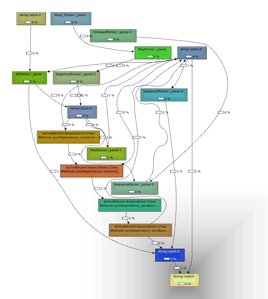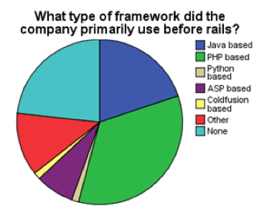By Peter Cooper / July 13, 2007

Remember when we first announced Joyent Slingshot, the technology that lets you run Rails apps within a native Windows and OS X client, a few months ago? Well, both Slingshot and Joyent Connector have just been open sourced, and they’re yours to play with now. For those unfamiliar with Slingshot, here’s what Joyent have to say:
Joyent Slingshot allows developers to deploy Rails applications like a standard desktop application, which work online and offline (with synchronization), have drag and drop, and interact with all the other desktop applications.
With Joyent Slingshot:
* Create a hybrid Web/desktop application
* Synchronize online and offline data
* Use the same code for online and offline application(s)
* Deploy and update your application easily
* Drag into and out of application
Joyent Connector, a suite of collaboration and communication applications for small businesses, has also been open sourced. Read More










 In this book you’ll see why Ruby’s flexibility, superb feature set, and gentle learning curve make it a natural choice for system administration tasks, from the humblest server to the largest enterprise deployment.
In this book you’ll see why Ruby’s flexibility, superb feature set, and gentle learning curve make it a natural choice for system administration tasks, from the humblest server to the largest enterprise deployment.














